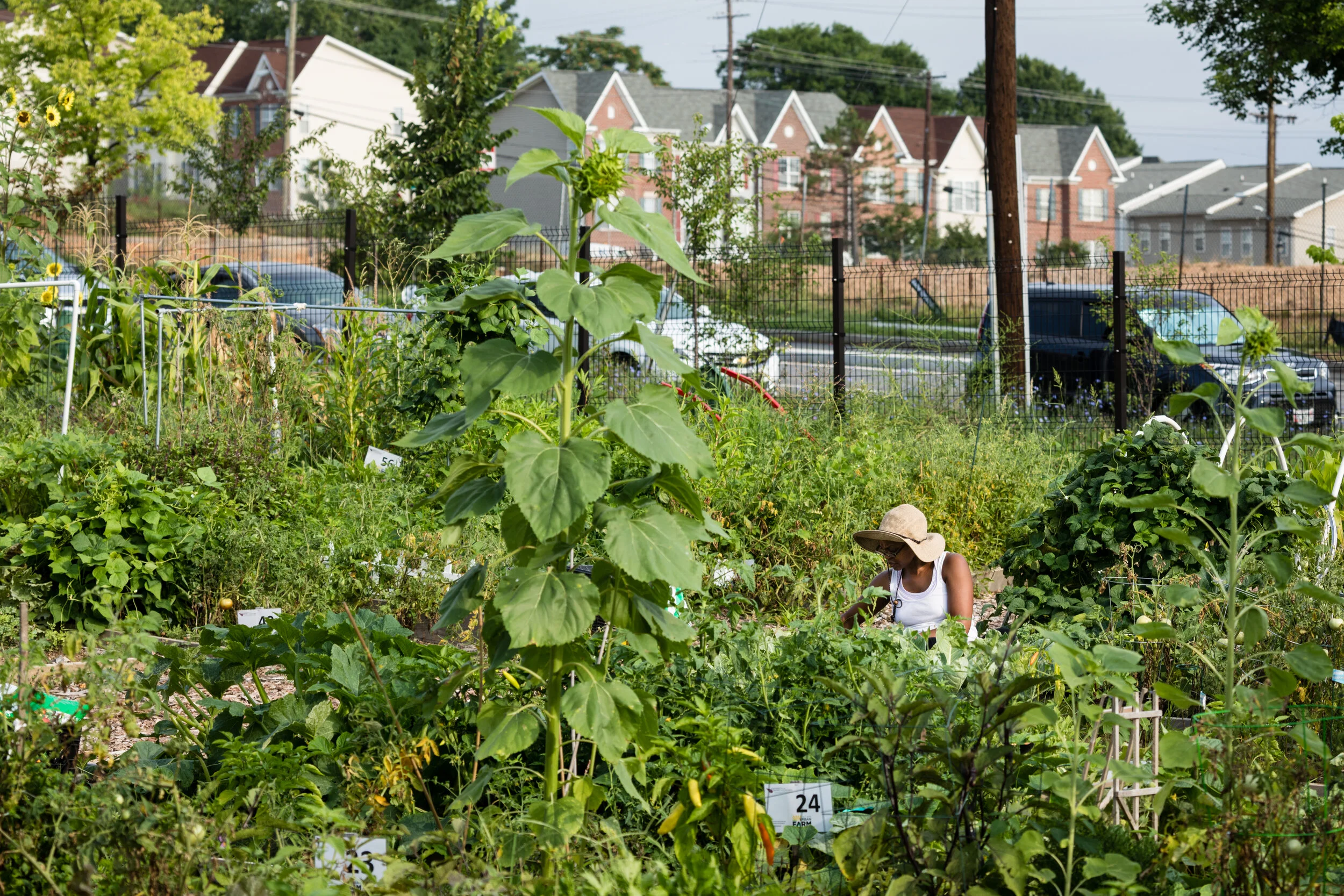How to be a Community Scientist
/Good news for all nature-lovers and science enthusiasts - you don’t need a PhD to be a scientist. You can contribute observations and data to a variety of research projects through community science initiatives. Often referred to as “citizen science,” community science refers to the collection and analysis of data by the general public, usually in collaboration with professional scientists and organizations. Recently, there has been an intentional shift in language away from “citizen science” to the phrase “community science.” Over the past couple of years, several organizations have started recognizing the term citizen science to be limiting, since citizenship is not a prerequisite to caring about nature. In order to be inclusive of everyone who participates in these projects, regardless of citizenship status, country of origin, or nationality, organizations such as the National Audubon Society have led the way in changing their language as part of their commitment to diversity, equity, inclusion, and justice.
Community science is a powerful method of gathering data that is used to inform multiple projects all over the world, at local, regional, national, and even international scales. Nonprofits, government agencies, and research institutions often rely on community science for data that helps inform research efforts, management strategies, and policies. From wildlife observations, to water quality monitoring, to observing climate change effects, there are plenty of opportunities to become a community scientist, both in the Chesapeake Bay and beyond.
Participants of a Maryland Department of Natural Resources workshop learn about submerged aquatic vegetation at the Susquehanna Flats.
Record Wildlife Sightings
The Chesapeake Bay watershed has an amazing diversity of wildlife to observe. The next time you're lucky enough to see a dolphin in the Chesapeake Bay, record your observation on the Chesapeake Dolphin Watch app to help University of Maryland scientists learn more about where, when, and why dolphins visit the Bay. If you’re an avid angler, you can help state management agencies address the spread of invasive species like blue catfish or northern snakehead (which are great to eat, by the way!) by logging your catch through the Great Chesapeake Invasives Count. And if you’re a fan of bird-watching, you don’t even have to leave your house to participate in a National Audubon Society event like the Great Backyard Bird Count.
Observe Plants
Just under the surface, there are dozens of different species of submerged aquatic vegetation (SAV), or underwater grasses, in the Chesapeake Bay. A yearly aerial survey helps to monitor the abundance and distribution of SAV throughout the Bay and identify large-scale trends, but it is too broad to provide local data on species diversity or habitat conditions. Chesapeake Bay SAV Watchers relies on volunteers to collect local and more detailed SAV data, which can help inform targeted restoration efforts.
For terrestrial plants, Project Budburst uses plant observations to study changes in plants and their relationship to the surrounding ecosystem over time. The data you submit can help scientists study the relationships between plants and pollinators, or how the seasonality of certain plant species is shifting each year due to climate change.
Monitor Water Quality
Water quality data is vital for evaluating the health of our local waterways, which affects human health, recreation opportunities, and even the economy. Check out the Water Reporter app or reach out to your local riverkeeper organization to get involved with a monitoring project, and you can soon be testing stream temperature, collecting water samples to test for pathogens, or collecting aquatic invertebrate samples. If you’re interested in where this data goes, the Chesapeake Monitoring Cooperative connects community science initiatives among organizations and centralizes the data to provide a regional assessment of the health of the Chesapeake Bay and its tributaries.
Additional Resources
The above are all watershed-wide projects that you can get involved with from anywhere in the region, but there are plenty of local projects you can join in your state as well. The Citizen Science Manual is a great resource for finding community science projects in your state, or you can check out local non-profit organizations, state natural resource agencies, or universities to find the perfect opportunity. In addition to contributing valuable data that can lead to important decisions made by leadership about your community, you can reap the added benefits of getting outside and connecting with your community.


